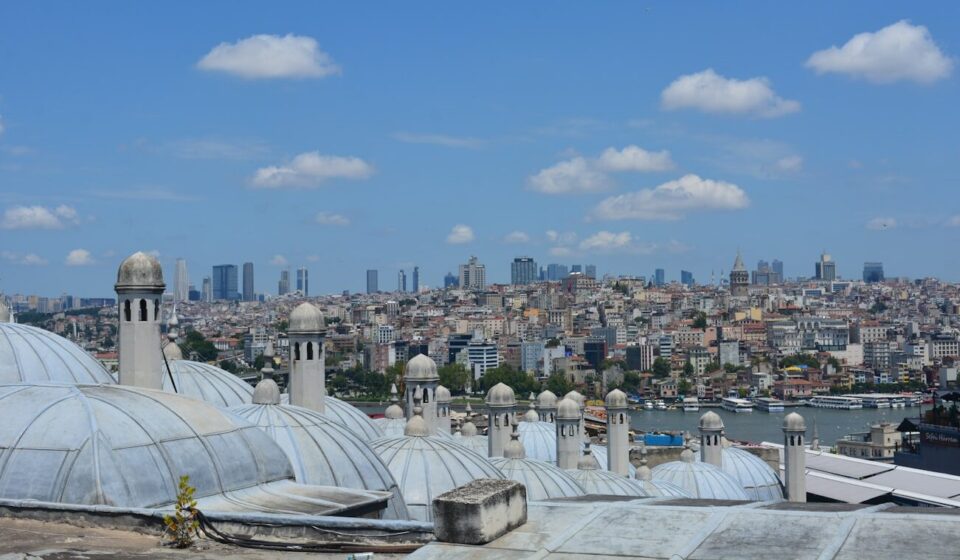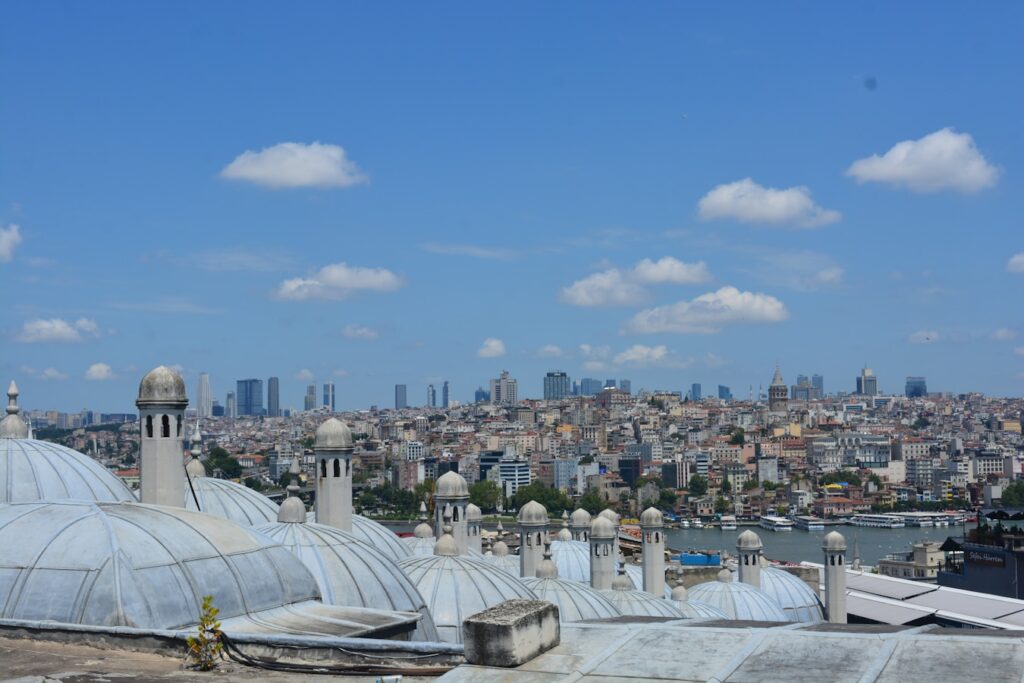
Exploring Istanbul’s Population Dynamics
Istanbul’s population dynamics reveal that the vibrant crossroads of Europe and Asia is not just Turkey’s
Table Of Content
largest city but also one of the most populous in the world. In this article, we explore the current population, its historical growth patterns, demographic diversity, and the factors driving its expansion.

Historical Context of Istanbul’s Population
In examining Istanbul’s population dynamics, it is crucial to understand the underlying historical context that has influenced its growth trajectory. The city, originally founded as Byzantium, witnessed significant demographic shifts throughout various eras. Following its conquest by the Ottomans in 1453, Istanbul became the capital of a vast empire, stimulating an influx of populations from diverse backgrounds, including Greeks, Jews, and Armenians, contributing to its rich cultural tapestry.
By the 19th century, the city had transformed into a bustling urban center, boasting an estimated population of around 900,000 at the time of the Ottoman Empire’s peak. This period was marked by increased migration due to the empire’s ongoing wars and economic opportunities, setting the stage for urbanization trends that continued into the 20th century.
The establishment of the Republic of Turkey in 1923 further catalyzed these trends. National policies aimed at modernization encouraged rural-to-urban migration, leading to substantial population growth. By the mid-20th century, Istanbul’s population had surged past 1.5 million, reflecting not just natural growth but a transformative shift towards industrialization.
As the century progressed, the city faced challenges related to rapid urbanization, including informal settlements and pressures on infrastructure. By the late 1990s, the population had ballooned to over 10 million, positioning Istanbul as one of the world’s largest cities. These historical milestones illustrate how migration patterns, urbanization, and socio-political changes have continuously reshaped Istanbul’s demographic landscape, setting a foundation for understanding its current and future dynamics.
Current Demographics and Future Projections
As of 2023, Istanbul’s population stands at approximately 15.5 million residents, making it the most populous city in Turkey and a significant metropolitan hub on a global scale. Population distribution reveals that approximately 63% of residents live on the European side, while 37% reside on the Asian side. This division is not merely geographical; it reflects socio-economic disparities and divergent lifestyles across the two regions, with the European side often being more urbanized and economically vibrant.
Factors driving Istanbul’s relentless growth include significant rural-to-urban migration, reflective of broader trends seen across Turkey. Many individuals and families flee less prosperous rural areas in search of employment opportunities, education, and improved living standards. Urban expansion has further facilitated this trend, with numerous construction projects aimed at accommodating the increasing demand for housing and services.
The socio-economic climate in Istanbul contributes to its status as a magnet for internal migration. The city offers a concentration of job opportunities in various sectors, including finance, technology, and tourism. This economic allure continues to attract young professionals and workers from different parts of Turkey, further diversifying the city’s demographic tapestry.
Looking ahead, projections suggest Istanbul’s population could exceed 20 million by 2040. However, such growth brings significant challenges, including urban planning and infrastructural demands. Policymakers will need to focus on the integration of diverse communities and design sustainable urban solutions to manage the complexities of a rapidly growing metropolis.
Conclusions
In conclusion, Istanbul’s population growth is a testament to its historical significance and contemporary relevance. The city’s dynamic demographics reflect ongoing urbanization trends and cultural integration, positioning Istanbul as a major global metropolis for the foreseeable future.
Learn more about Istanbul’s top attractions and museums on the Museum Pass Istanbul site.

